Particles A and B are moving with constant velocities along x and y axis respectively, the graph of separation between them with time is
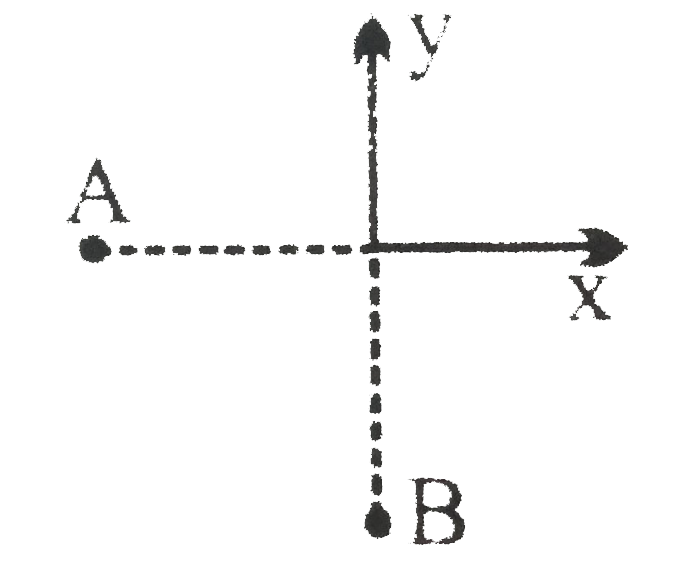 Solution in Gujrati
Solution in Gujrati



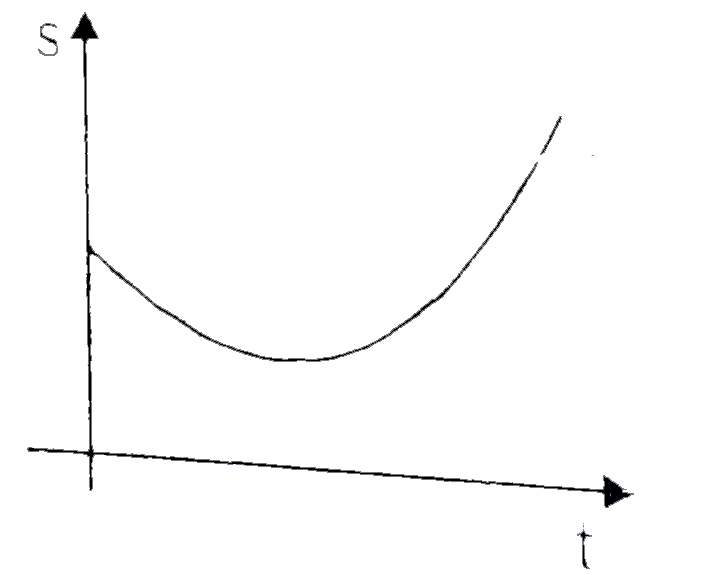
The correct Answer is:D
First separation will decrease and then it will increase. First there will be some vapp then vapp will decrease slowly and become zero after vsep will increase gradually. Hence slope will decrease till it become zero afterward it will increase.
Topper's Solved these Questions
- BOOK - ALLEN CHAPTER - TEST PAPERSEXERCISE - part-2 physic48videos
TEST PAPERS
- BOOK - ALLEN CHAPTER - TEST PAPERSEXERCISE - PHYSICS16videos
TEST PAPERS
- BOOK - ALLEN CHAPTER - TEST PAPERSEXERCISE - Part-1 Physics15videos
TEST PAPERS
- BOOK - ALLEN CHAPTER - TEST PAPER 4EXERCISE - PHYSICS45videos
TEST PAPER 4
- BOOK - ALLEN CHAPTER - UNIT & DIMENSIONS, BASIC MATHS AND VECTOR EXERCISE - Exercise (J-A)7videos
UNIT & DIMENSIONS, BASIC MATHS AND VECTOR
Similar Questions
In a continuous printing process paper is drawn into the press at a constant speed v. Denoting by 'r' the radius of the paper roll at any given time and by 'b' the thickness of the paper. What is the angular acceleraion of the paper roll?
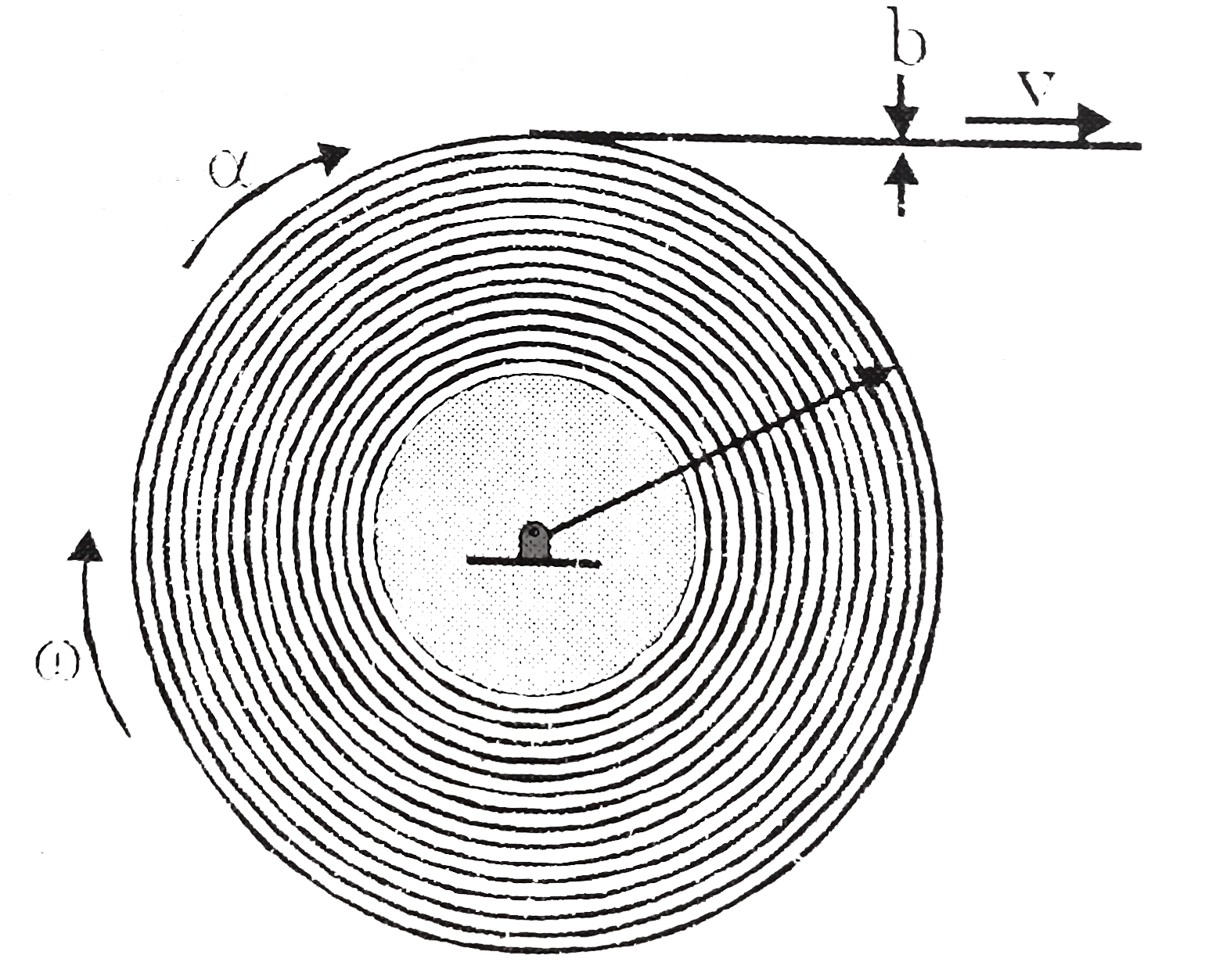 05:23View Solution
05:23View SolutionA block of mass m is hanging from a light string of length l . A bullet of mass m strikes the hanging mass and gets embedded into it. The value of v such that tension in string and the speed of combined mass becomes zero simultaneously during the subsequent motion , is :-
 02:34View Solution
02:34View SolutionA quantity of 2 mole of helium gas undergoes a thermodynamic process, in which molar specific heat capacity of the gas depends on absolute temperatureT , according to relation:
C=3RT4T0
where T0 is initial temperature of gas. It is observed that when temperature is increased. volume of gas first decrease then increase. The total work done on the gas until it reaches minimum volume is :-04:05View SolutionTwo forces, each of magnitude F have a resultant of the same magnitude F. The angle between the two forces is
06:54View SolutionMatch List I with List II and select the correct answer using the codes given below the lists :
 02:37View Solution
02:37View SolutionA particle A is at origin and particle B is at distance y=−d at t=0. They move with constant velocity v, A towards positive x-axis and B towards origin. The time at which distance between them is minimum and minimum distance will be
03:41View SolutionTwo bodies A and B are at position (2, 3)m amd (5, 7)m respectively. These two are moving with constant velocity 3 ms^(-1) along -ve y axis and 4ms^(-1) along +ve x axis respectively. Minimum separation between them during their motion is
03:20View SolutionVelocity time graphs of particles A and B moving along x-axis are shown here. Both A and B start from origin:
 09:00View Solution
09:00View SolutionTwo particles A and B start from the origin along x-axis. Velocity time graph of both particles are shown in the figure. During the given time interval, the maximum separation between the particles is
 View Solution
View SolutionThe velocity-time graph for a particle moving along X-axis is shown in the figure. The corresponding displacement-time graph is correctly shown by
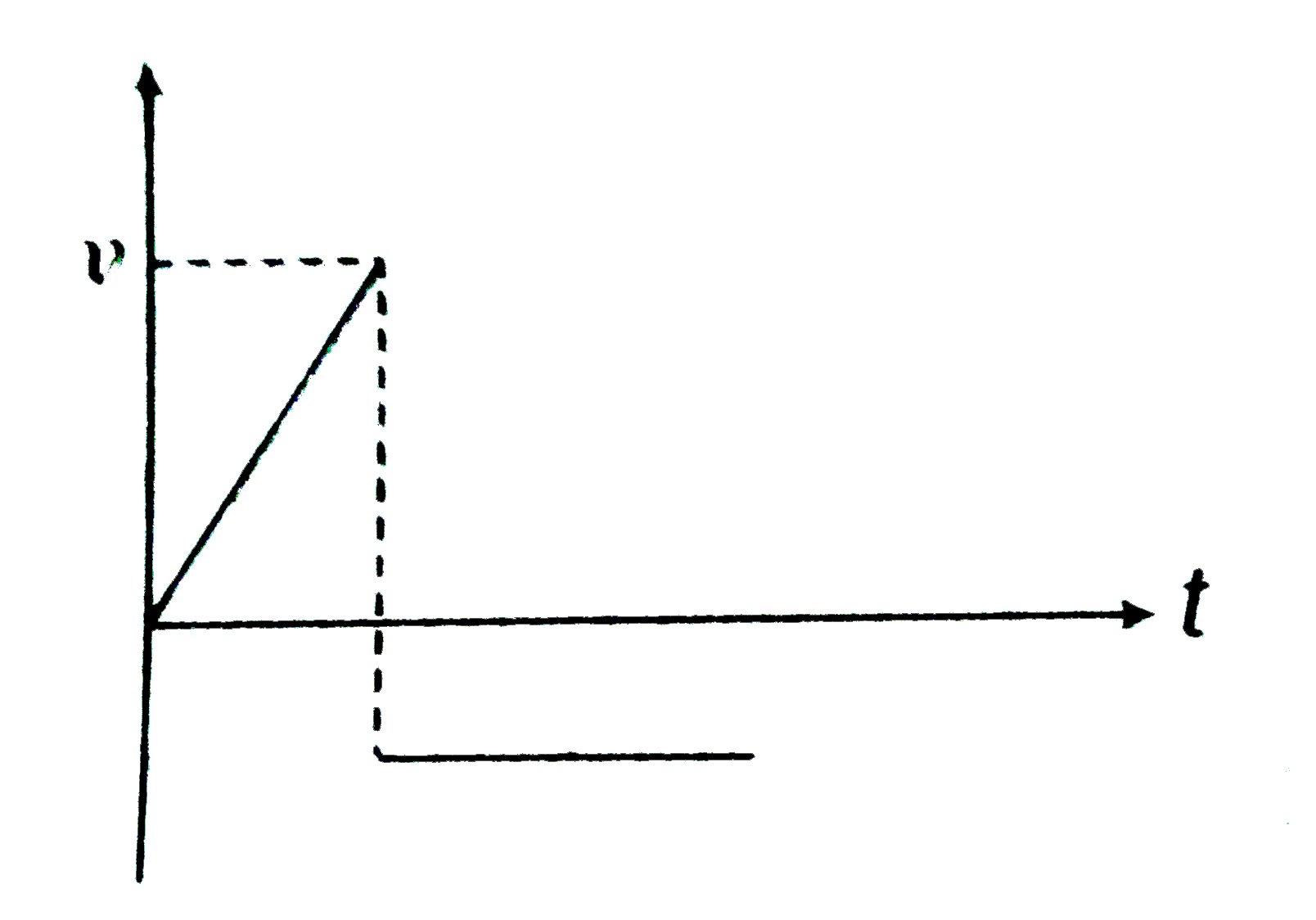 08:32View Solution
08:32View SolutionFor a particle moving along x-axis, velocity-time graph is as shown in figure. Find the displacement of the particle?
02:37View SolutionThe velocity time graph for a particle moving along x-axis is shown in the figure. The corresponding displacement time graph is correctly shown by
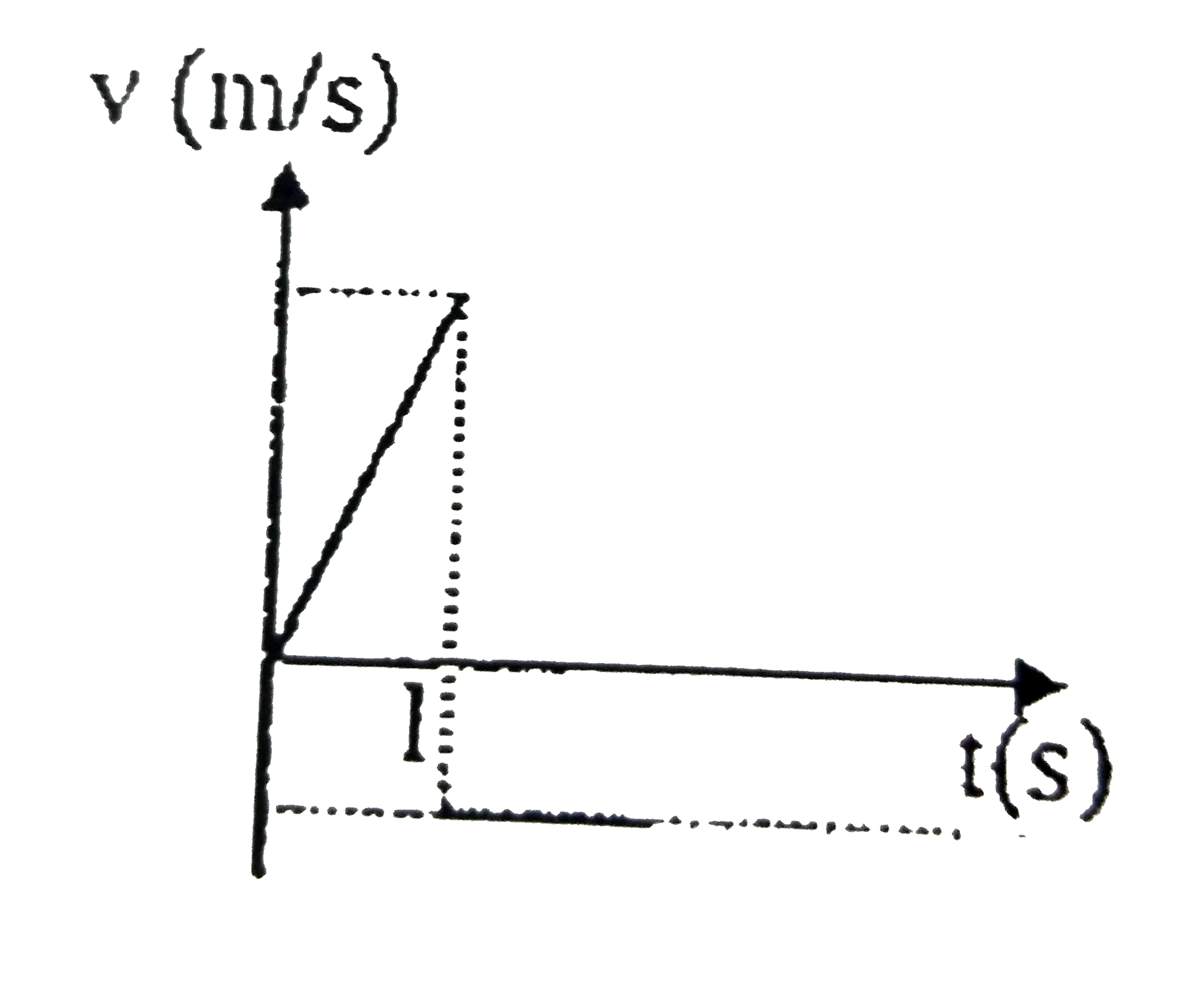 06:41View Solution
06:41View SolutionThe velocity versus time graph of two particles moving along x-axis varies are shown in the following two plots. Then
01:03View SolutionDraw the acceleration-time graphs for the given velocity-time graphs of a particle moving along x-axis.
 03:48View Solution
03:48View SolutionThe velocity time graph for a particle moving along X-axis is shown in the figure. The corresponding displacement time graph is correctly shown by
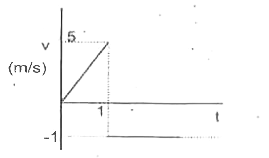 05:19View Solution
05:19View SolutionA एवं B कण स्थिर वेग से क्रमशः x और y अक्ष की ओर गति कर रहे है। उनके मध्य दूरी का समय के साथ वक्र होगा।
 01:35View Solution
01:35View Solution

